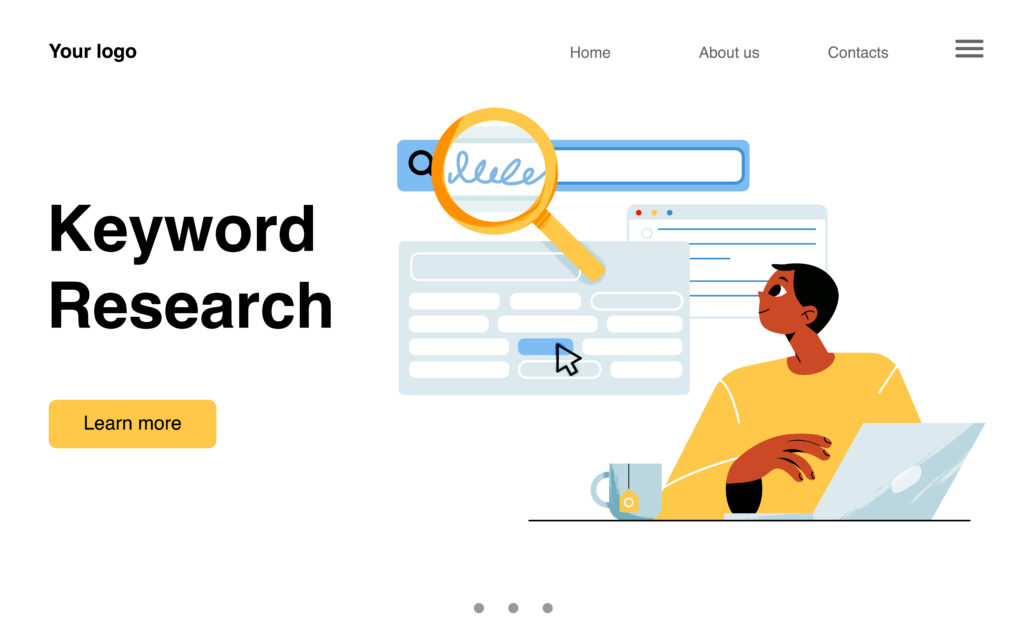In the ever-evolving landscape of digital commerce, achieving visibility is a challenge, but mastering Search Engine Optimization (SEO) can propel your Shopify store to the coveted #1 position on Search Engine Results Pages (SERP). This guide serves as your compass through the intricacies of SEO on Shopify, providing actionable steps to enhance your online presence organically, without resorting to overtly promotional tactics.
1. Understanding SEO Basics: Laying the Foundation
Before we dive into the nitty-gritty details of SEO, it’s essential to build a strong foundation. Understand how search engines work, grasp the significance of keywords, and recognize the pivotal role of high-quality, user-centric content. This foundational knowledge is the bedrock upon which you’ll construct your effective SEO strategies. To delve deeper into this, you can refer to the Moz Beginner’s Guide to SEO.
2. Comprehensive Keyword Research: Unlocking Relevant Terms
Effective SEO begins with identifying the right keywords that align with your business goals. Utilize powerful keyword research tools like Google Keyword Planner and SEMrush to unearth the search terms your potential customers are using. Prioritize keywords that strike a balance between relevance and search volume. To dive deeper into keyword research, explore the SEMrush Keyword Research Guide.

3. On-Page Optimization: Elevating Your Content
Optimizing each page on your Shopify store is essential for SEO success. Carefully incorporate your chosen keywords into strategic locations, such as titles, headings, meta descriptions, and throughout your content. However, remember that the aim is not to overwhelm your content with keywords but to enhance its quality and relevancy. For detailed insights into on-page SEO, check out Moz’s guide on On-Page SEO.
4. Crafting Engaging Content: Inform, Educate, Entertain
The heart of SEO lies in content. Develop content that resonates with your audience on a profound level. Whether it’s blog posts, product descriptions, or guides, your content should offer genuine value. Focus on solving problems, answering questions, and addressing pain points. Engaging content not only attracts users but also encourages them to share and link back to your site. To further enhance your content strategy, explore Content Marketing Institute.
5. URL Structure and Permalinks: Keeping It Clean
Simplify your URLs while maintaining their descriptive nature. A clean URL structure enhances user experience and search engine visibility. For instance, use URLs like “yourstore.com/product-category/product-name” instead of convoluted strings of characters. Clean URLs are not only user-friendly but also favored by search engines.
6. Shopify’s Built-In SEO Features: Aiding Your Efforts
Shopify offers a range of built-in SEO features that can significantly aid your optimization efforts. Customize meta tags, title tags, and alt tags for images on each page. These elements contribute to how search engines understand and rank your content. Shopify’s own SEO Guide provides detailed insights into leveraging these features.
7. Mobile Optimization: Capturing Mobile Audiences
Mobile searches are consistently on the rise, and optimizing your Shopify store for mobile devices is non-negotiable. A responsive design ensures your site functions seamlessly on various screen sizes, and this is a factor that Google considers when ranking pages. You can delve deeper into mobile optimization by exploring Google’s Mobile SEO Guide.

8. Page Loading Speed: A Race You Must Win
Website speed is of paramount importance. A fast-loading site not only provides a better user experience but also signals to search engines that your site is well-maintained and user-centric. To enhance page loading speed, minimize image sizes, enable browser caching, and streamline code. Google’s PageSpeed Insights tool can provide valuable insights into improving loading times.
9. High-Quality Backlinks: Building Authority
Earning authoritative backlinks from reputable websites adds credibility to your store. Seek opportunities for guest posting, collaborate with influencers in your niche, or engage with relevant online communities. Genuine backlinks can significantly boost your SEO efforts. To explore the world of backlink building, you can refer to Backlinko’s Definitive Guide to Link Building.
10. User Experience (UX): Navigating Smoothly
A seamless user experience is paramount. Ensure your store’s navigation is intuitive, your site architecture is well-organized, and your design promotes easy exploration. A positive UX not only retains visitors but also contributes to improved SEO. For a deeper dive into enhancing UX, check out Nielsen Norman Group’s UX Basics.
11. Regular Content Updates: Staying Relevant
To maintain your SEO momentum, refresh your content regularly. Update information, incorporate new insights, and reflect current trends. Search engines value fresh content, signaling that your site is active and providing up-to-date information. Regularly publishing new content also keeps your audience engaged and returning for more. For a guide on content maintenance, explore Yoast’s Content SEO Guide.
12. Analyzing and Adapting: The Path to Excellence
SEO is an ever-evolving field. Regularly monitor your SEO efforts using tools like Google Analytics and Google Search Console. Analyze data, track performance metrics, and adapt your strategy based on insights. SEO is an iterative process, and your willingness to learn and adjust will contribute to long-term success. For a comprehensive guide on SEO analysis, consider Neil Patel’s SEO Guide.
Mastering SEO on Shopify isn’t an overnight endeavor; it’s a journey that requires patience and diligence. By grasping SEO basics, conducting thorough keyword research, optimizing on-page elements, and delivering valuable content, you’re paving the way for an organic climb up the SERP ladder. Remember, the ultimate goal isn’t just to reach the top but to provide meaningful value to your audience and establish a lasting online presence that resonates authentically.


